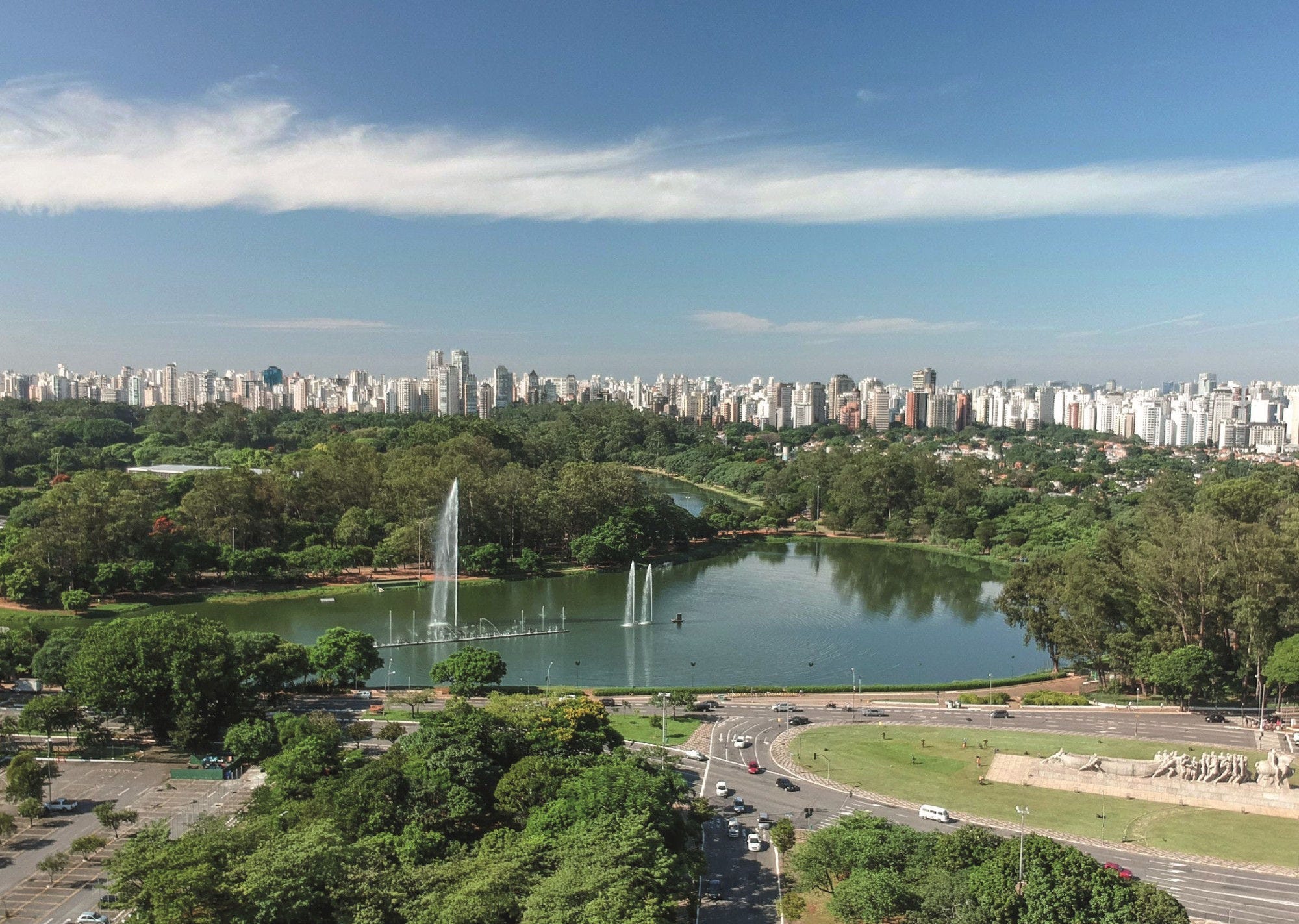The rule of law is a fundamental pillar of democratic governance, ensuring that all individuals and organisations, including the government, are subject to the same rules, standards and principles. Legal cultures encompass a variety of elements, such as laws, codes, statutes, traditions, procedural rulings and international agreements. These components work together in a system to uphold the rule of law, protecting rights and limiting government powers, ensuring government accountability. It also facilitates the effective provision of public goods and promotes economic development by creating a predictable and transparent legal environment for businesses to operate in fostering economic growth and stability, while acting as a safeguard against breaches of integrity and corruption. Under the rule of law, every person is entitled to equal treatment in accordance with the law and fair judgment from independent and impartial courts (Venice Commission, 2011).
The World Justice Project (WJP) Rule of Law Index assesses several dimensions of the rule of law, with each scoring between 0 and 1, where 0 is the weakest and 1 the strongest adherence to the rule of law. The constraints on government powers dimension measures the extent to which those who govern are bound by law. It considers mechanisms that restrict and ensure accountability for the powers wielded by the government and its officials, as well as non-government checks, including a free and independent press. The fundamental rights dimension covers the degree to which governments abide by international human rights law established under the United National Universal Declaration of Human Rights, including rights to equal treatment and absence of discrimination, to life and security, and to freedom of opinion and expression. Countries’ scores for these two dimensions are highly correlated in Latin America and the Caribbean (LAC). Most LAC countries score between 0.5 and 0.7 for fundamental rights, and between 0.4 and 0.6 for constraints on government. In contrast, most OECD countries score over 0.7 for both dimensions. However, the results vary widely within the region. Costa Rica (0.79 and 0.78), Uruguay (0.78 and 0.75) and Chile (0.72 and 0.71) have the highest scores for both dimensions, while other countries score under 0.5 (Figure 3.10).
The rule of law is also crucial to fighting corruption. The regulatory enforcement dimension of the WJP Index measures as one of its subdimensions whether the enforcement of regulations and public services delivery are subject to bribery, undue influence from private interests or other illicit inducements. The average score in the LAC region is 0.63 implying that the enforcement of regulations and delivery of public services can still be unduly influenced by private interests. Barbados (0.84), Uruguay (0.81), and Antigua and Barbuda (0.78) have the highest scores among LAC countries, similar to the OECD average of 0.83 (Figure 3.11).
One of the functions of the rule of law is to provide an impartial system that resolves conflicts without discrimination. The civil and criminal justice dimensions of the Rule of Law Index measure as one of their subdimensions whether the justice system or its agents discriminate based on socio-economic status, gender, ethnicity, religion, national origin, sexual orientation or gender identity. A similar pattern is found for these measures as the other dimensions, with lower LAC averages than the OECD for both civil justice (0.51 compared with 0.66) and criminal system (0.39 versus 0.59). There are notable differences between these two scores across most LAC countries, with most recording a lower score for criminal justice. In particular, El Salvador (0.16), Trinidad and Tobago (0.18), and Brazil (0.10) have lower scores on the impartiality of their criminal system, compared with their scores for civil justice (0.61 for El Salvador, 0.58 for Trinidad and Tobago, and 0.46 for Brazil). Uruguay (0.79 for civil justice and 0.62 for criminal) and Costa Rica (0.71 for both) have the highest scores for both measures, showing that both their criminal and civil law systems are committed to being free from discrimination (Figure 3.12).



